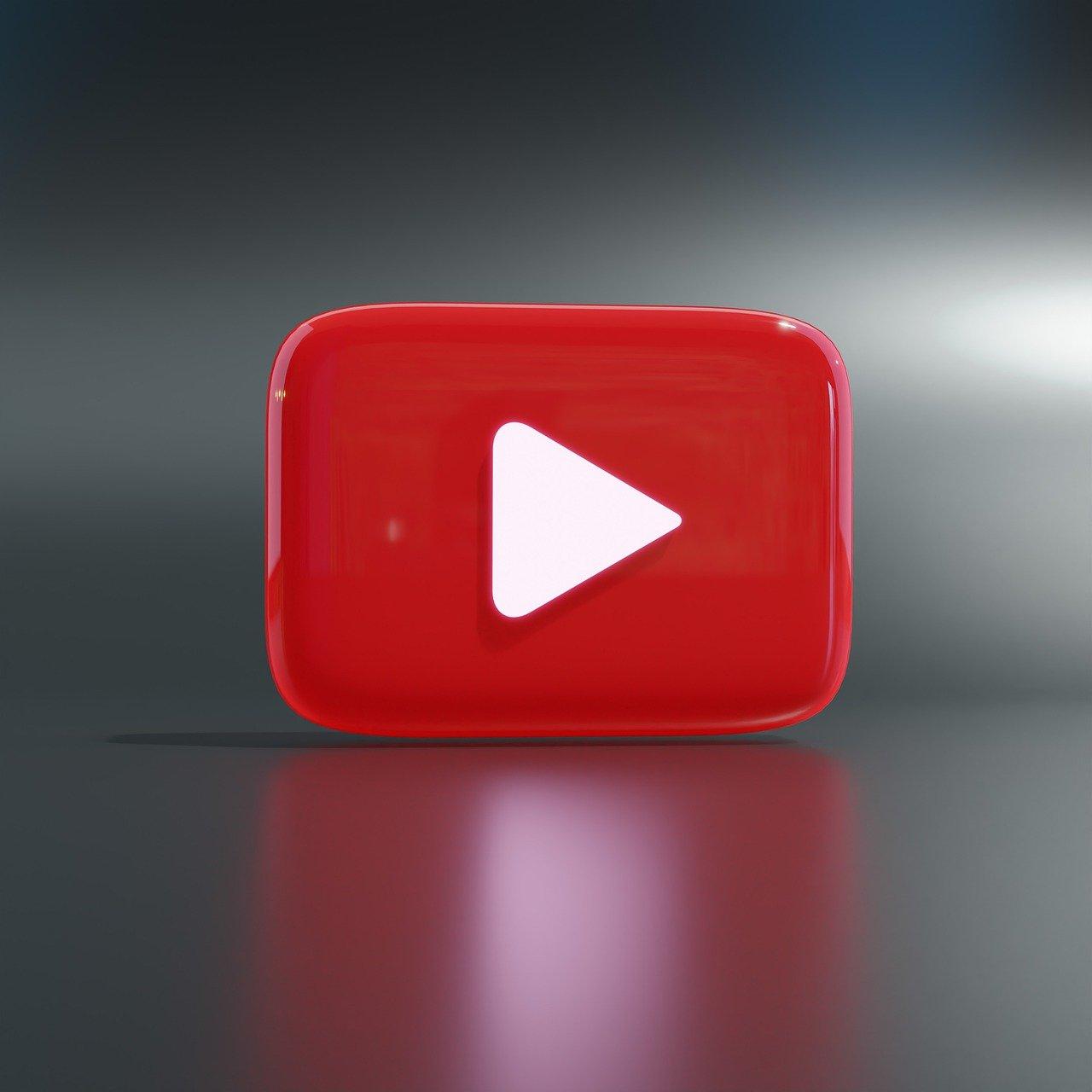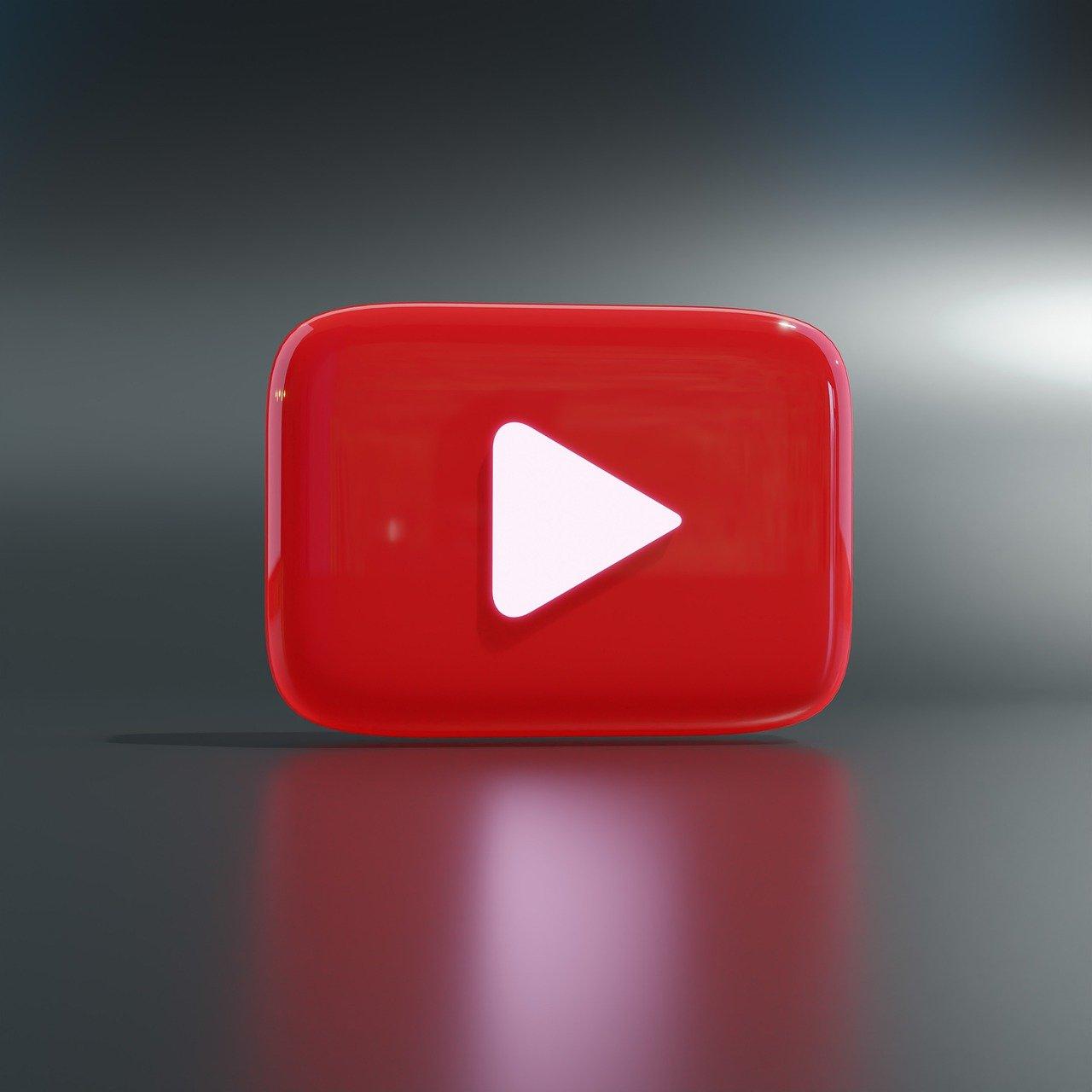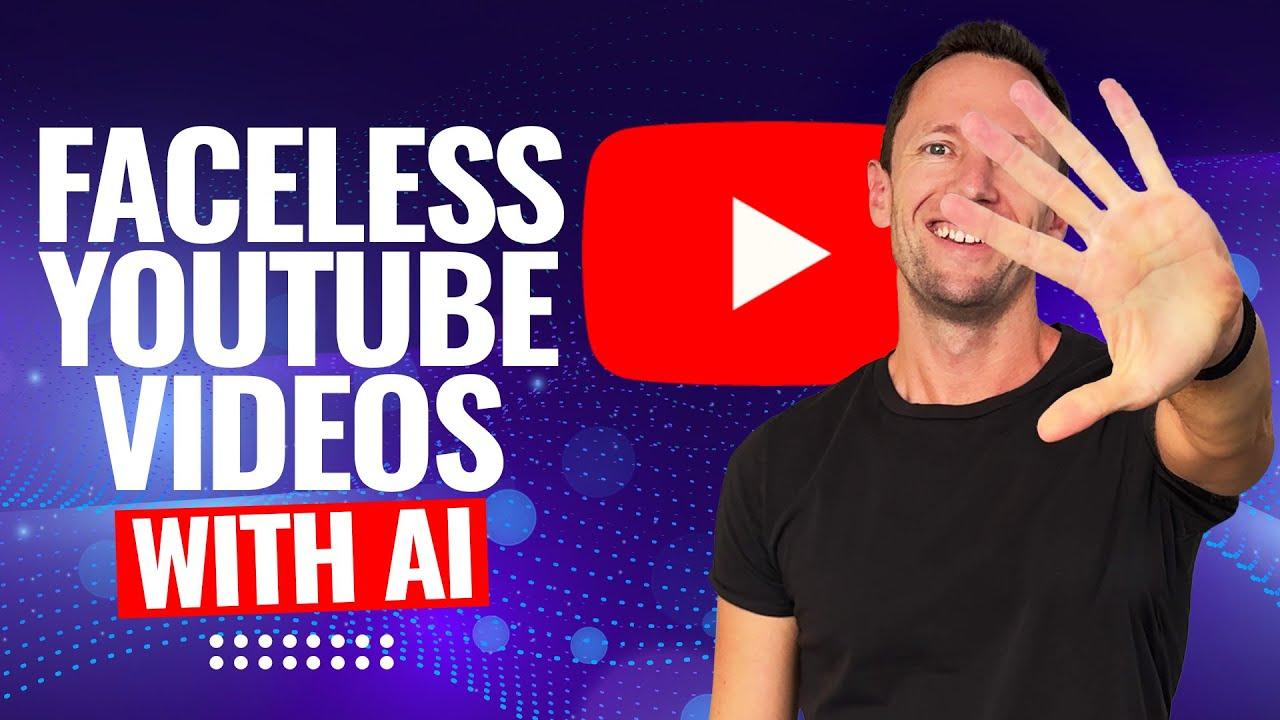Ever scroll through YouTube and notice how some videos fit your screen perfectly while others look a bit off, spilling over into black bars on the side or feeling cramped? It’s like trying to squeeze into a pair of shoes that are just a tad too small—uncomfortable and frustrating! So, what’s the deal with all those video dimensions? If you’ve ever wondered why your YouTube video doesn’t always seem to play in that stylish 16:9 format, you’re not alone. Let’s unravel the mystery and dive into the whys and hows of video aspect ratios. Whether you’re a budding filmmaker, a casual vlogger, or just a curious viewer, understanding these ratios can help you create content that pops and looks stunning on any screen. Ready? Let’s clear that up!
Understanding the 16:9 Aspect Ratio and Why It Matters for Your Videos
When it comes to video production, the 16:9 aspect ratio is like the standard uniform for content creators. It’s the gold standard that most platforms, including YouTube, embrace because it fits perfectly on widescreen displays. Think of it as the modern canvas for digital art; it allows you to fill the screen with visually striking imagery while avoiding those annoying black bars on the sides. For creators, sticking to this format means your videos play nice across various devices— TVs, smartphones, and computers. It’s like showing up to a party with the right outfit; you want to fit in seamlessly!
But why should you care? Well, apart from aesthetics, videos with the right aspect ratio provide an enhanced user experience. When viewers don’t have to deal with awkward cropping or strange visuals, they are more likely to stay engaged. Plus, 16:9 is the sweetheart of most editing software, making it easier for you to, well, be creative without fumbling around with weird cuts or adjustments. Here’s a quick reference for how different aspect ratios compare to the beloved 16:9:
| Aspect Ratio | Common Use |
|---|---|
| 16:9 | HD TVs, YouTube Videos |
| 4:3 | Old TVs, Photography |
| 21:9 | Cinematic Films |

Exploring Alternative Aspect Ratios for Unique Viewing Experiences
Ready to broaden your horizon? Exploring different aspect ratios can transform the way viewers engage with your content. Think about how a classic 4:3 aspect ratio can evoke a nostalgic feel, almost like watching an old-school VHS tape. Or, consider 1:1 for those Instagram-inspired moments that demand attention, square in all its glory. Not only does this add diversity to your channel, but it also sparks curiosity and can even cater to niche audiences looking for something fresh. Imagine scrolling through a feed and stumbling upon a landscape-focused video in a 16:9 space versus a stunning 2.35:1 cinematic piece. The latter is sure to catch the eye, don’t you think?
Experimenting with aspect ratios isn’t just about aesthetics; it’s also functional. Some platforms and devices favor different formats, and adapting can enhance the user experience. Below are a few practical tips to keep in mind:
- Know Your Audience: Tailor your choice based on where most of your viewers are watching.
- Consider Content Type: A cooking tutorial might shine better in 16:9, while an artistic slideshow can benefit from 4:3.
- Test and Adapt: Don’t hesitate to experiment! Use analytics to see what resonates best.
| Aspect Ratio | Common Use | Pros | Cons |
|---|---|---|---|
| 16:9 | Standard for YouTube | Great for widescreen devices | Can feel generic |
| 4:3 | Nostalgic content | Unique vintage feel | Less appealing on wide screens |
| 1:1 | Social media posts | Perfect for mobile viewing | Limited for long-form content |
| 2.35:1 | Cinematic experiences | Visually stunning | Not suitable for all content types |

Optimizing Your Content for Different Platforms Without Compromising Quality
Finding the perfect balance between delivering high-quality content and tailoring it for various platforms can feel like walking a tightrope. Each platform has its quirks and audience expectations, which is why repurposing your YouTube video into different formats doesn’t mean you have to lose the essence of what makes it great. Here’s how to think about optimizing your content:
- Aspect Ratios: Know that YouTube thrives on 16:9, but platforms like Instagram favor square (1:1) or vertical (9:16) formats. Feel free to crop without losing the core message.
- Length Matters: Shorter clips work wonders on TikTok or Instagram Stories, allowing you to snag attention quickly while still driving traffic back to your full video.
- Tailored Thumbnails: Thumbnails can make or break a click; keep them catchy and relevant to each platform’s vibe.
Always remember, quality is king regardless of the format. To keep things organized, consider using a simple table for a quick reference on different platform specs:
| Platform | Optimal Aspect Ratio | Max Video Length |
|---|---|---|
| YouTube | 16:9 | Unlimited |
| Instagram Feed | 1:1 / 4:5 | 60 seconds |
| Instagram Stories | 9:16 | 15 seconds |
| TikTok | 9:16 | 3 minutes |
By adapting your content with these elements in mind, you’re not only respecting your viewers’ preferences but also maximizing engagement across the board. It’s like dressing for the occasion—just because you love your favorite outfit doesn’t mean it fits every setting perfectly!

Tips to Ensure Your YouTube Videos Look Great on Any Screen
Creating YouTube videos that shine across all screen sizes is essential for capturing your audience’s attention. To start, think about aspect ratios. While 16:9 is the standard, experimenting with other formats can add flair to your content. However, if your main goal is versatility, aim for 1080p resolution. It not only looks crisp on larger screens but also scales down nicely for mobile devices. Don’t forget the importance of framing your subject well; use the rule of thirds to guide viewers’ eyes naturally across the screen, whether they’re watching on a laptop or their phone.
Next up, consider your visuals and text. High contrast and vibrant colors grab attention but be wary of clutter. Keep text minimal—less is often more. Using a bold, readable font can make a world of difference, especially on smaller screens. To give your videos that extra polish, incorporate overlays or lower thirds, but ensure they don’t crowd the main content. Here’s a quick look at some essential tips:
- Test on multiple devices: Check how your video looks on phones, tablets, and TVs.
- Keep it simple: Avoid busy backgrounds or overly complex visuals.
- Quality audio: Good sound can make a mediocre video shine while poor audio can ruin a great script.
Concluding Remarks
And there you have it! Navigating the world of YouTube video aspect ratios can feel like trying to find your way through a maze sometimes. But understanding why your videos might not always be in that classic 16:9 format is key. Whether you’re mixing up content for social media or wrestling with mobile-friendly formats, just remember that variety can be your secret weapon. So go on, unleash your creativity! Experiment with different ratios, discover what resonates with your audience, and let your video content shine. If you’ve got more questions or want to share your own experiences, drop your thoughts in the comments—let’s keep the conversation rolling. Until next time, happy filming!



